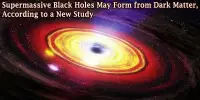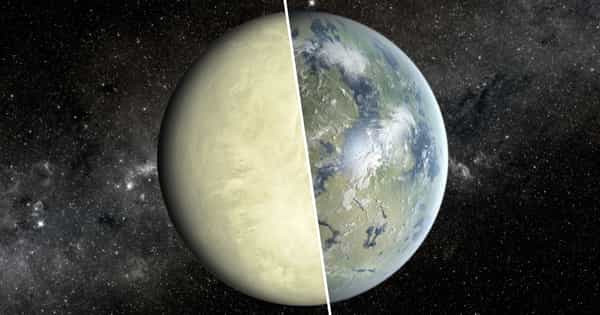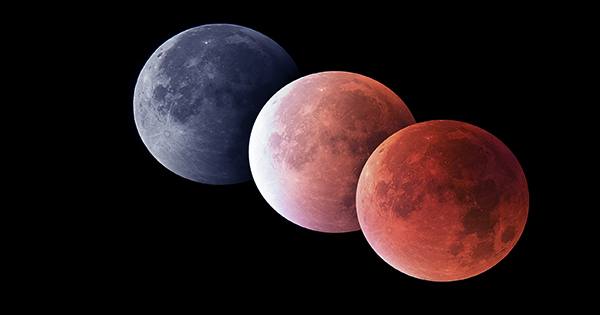According to a recent study headed by academics at University College London (UCL) and the University of Cambridge, cosmic dawn happened 250 million to 350 million years after the universe began, when stars formed for the first time. The research, which was published in the Royal Astronomical Society’s Monthly Notices, implies that the NASA James Webb Space Telescope (JWST), which is set to launch in November, will be sensitive enough to see the formation of galaxies firsthand.
The study team, lead by the United Kingdom, looked at six of the most distant galaxies known, whose light has taken the majority of the universe’s lifespan to reach us. They discovered that the distance between these galaxies and Earth corresponded to a time more than 13 billion years ago when the universe was just 550 million years old.
The researchers used Hubble and Spitzer Space Telescope pictures to estimate the age of these galaxies, which ranged from 200 to 300 million years, allowing them to determine when their stars originally formed.
Lead author Dr. Nicolas Laporte (University of Cambridge), who started the project while at UCL, said: “Theorists speculate that the universe was a dark place for the first few hundred million years before the first stars and galaxies formed. Witnessing the moment when the universe was first bathed in starlight is a major quest in astronomy.”
“Our findings suggest that cosmic dawn happened between 250 and 350 million years after the Big Bang and that galaxies like the ones we investigated would have been bright enough to be observed with the James Webb Space Telescope at the time of their creation.”
The researchers examined a marker in the energy distribution of galaxies collected by the Hubble and Spitzer Space Telescopes, indicating the existence of atomic hydrogen in their stellar atmospheres. This gives a rough approximation of how old the stars they contain are.

The intensity of this hydrogen signal grows as the star population ages, but it fades when the galaxy is more than a billion years old. Because the more massive stars that contribute to this signal consume their nuclear material more quickly and die first, the age-dependence develops.
Co-author Dr. Romain Meyer (UCL Physics & Astronomy and the Max Planck Institute for Astronomy in Heidelberg, Germany) said: “This age indicator is used to date stars in our own neighborhood in the Milky Way but it can also be used to date extremely remote galaxies, seen at a very early period of the universe.”
“Using this metric, we may estimate that our galaxies are between 200 and 300 million years old, even at this early stage.”
The researchers had to determine the “redshift” of each galaxy, which shows its cosmic distance and hence the look-back period at which they are being viewed when analyzing the Hubble and Spitzer data. They used the complete arsenal of strong ground-based observatories, including the Chilean Atacama Large Millimetre Array (ALMA), the European Very Large Telescope, the twin Keck telescopes in Hawaii, and the Gemini-South telescope, to do this.
The team was able to confirm that gazing at these galaxies was equivalent to going back in time to a moment when the universe was 550 million years old thanks to these observations.
Co-author Professor Richard Ellis (UCL Physics & Astronomy), who has tracked ever more distant galaxies over his career, said: “Over the last decade, astronomers have pushed back the frontiers of what we can observe to a time when the universe was only 4% of its present age. We have hit our limit due to the restricted transparency of Earth’s atmosphere and the capabilities of the Hubble and Spitzer Space Telescopes.”
“We now eagerly await the launch of the James Webb Space Telescope, which we believe has the capability to directly witness cosmic dawn. For decades, astronomers have been chasing the holy grail of seeing this pivotal moment in the universe’s history. We are composed of stuff processed in stars, therefore this is a hunt for our own beginnings in some ways.”
Astronomers from the University of California-Santa Cruz, the University of California, and the University of Texas collaborated on the new research. The Kavli Foundation, the European Research Council, the National Aeronautics and Space Administration (NASA), and the National Science Foundation (NSF) in the United States all supported the researchers.
The successor to the Hubble Orbit Telescope, the NASA-led James Webb Space Telescope, is set to fly into space in November. Over the next decade, it will be the most important observatory in the world, servicing thousands of astronomers from all over the world. It is made up of an infrared observatory, a 6.5-meter-wide mirror, and a diamond-shaped sun-shield.
The NIRSpec (Near-Infrared Spectrograph), one of the telescope’s four instruments, was constructed and tested by UCL scientists at the Mullard Space Science Laboratory.
Hydrogen that has not been divided into protons and electrons is referred to as atomic hydrogen. Except for hydrogen, helium, and lithium, all the heavier elements in the cosmos are synthesized in stars and then seeded across the universe when the stars burst at the end of their lifetimes. This includes human-made elements such as calcium in our bones and iron in our blood.
















